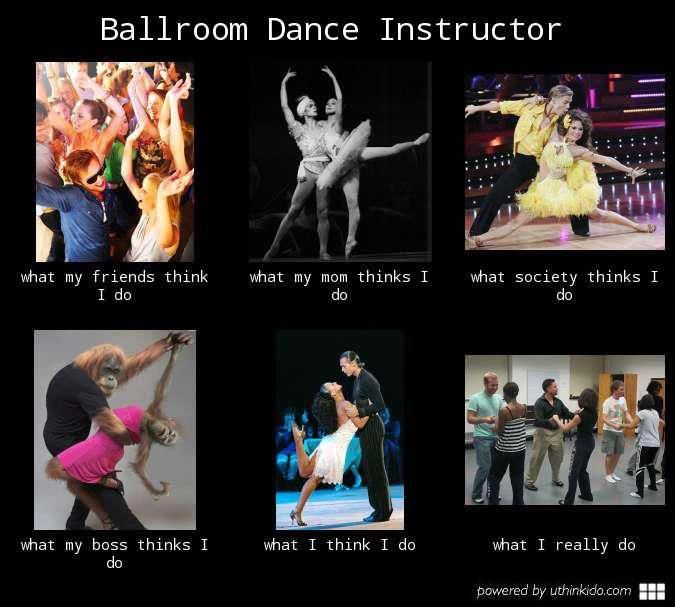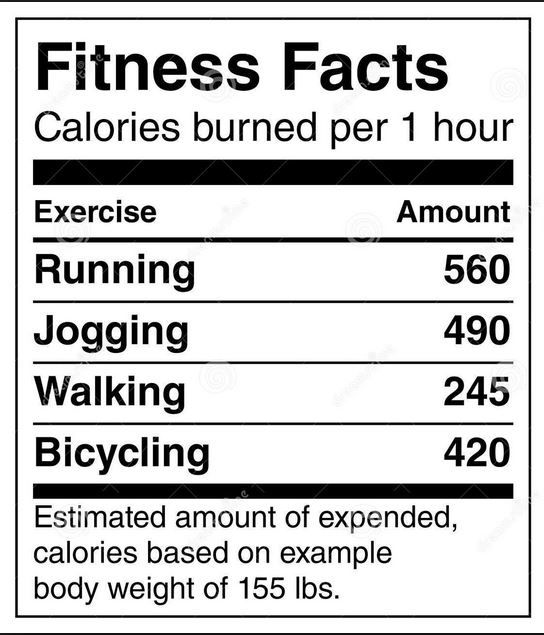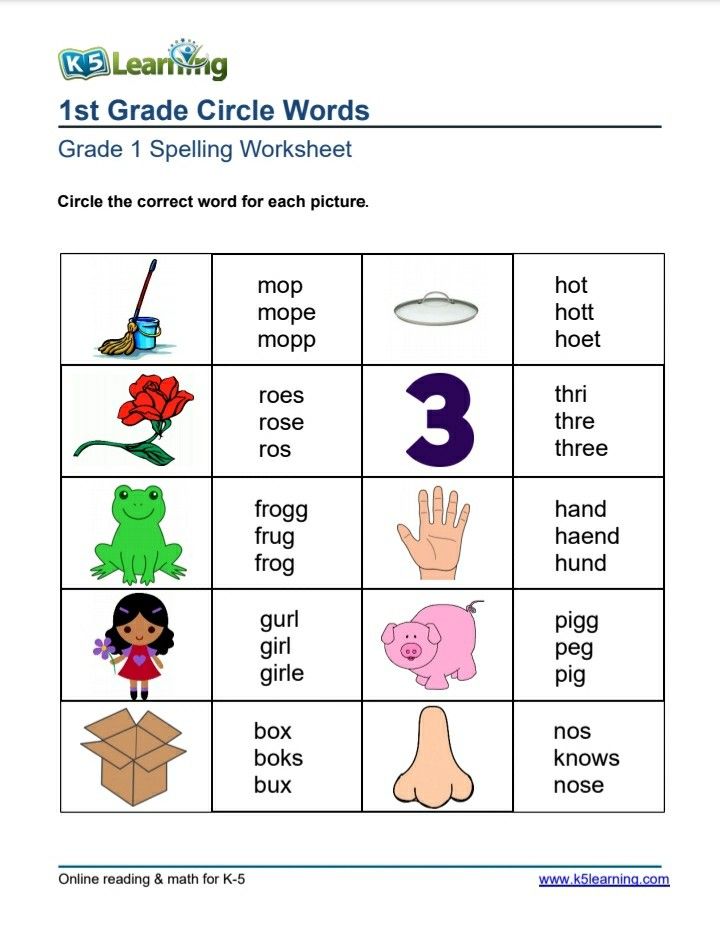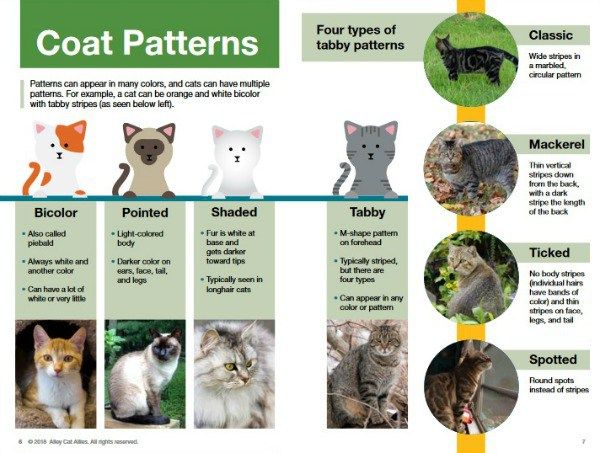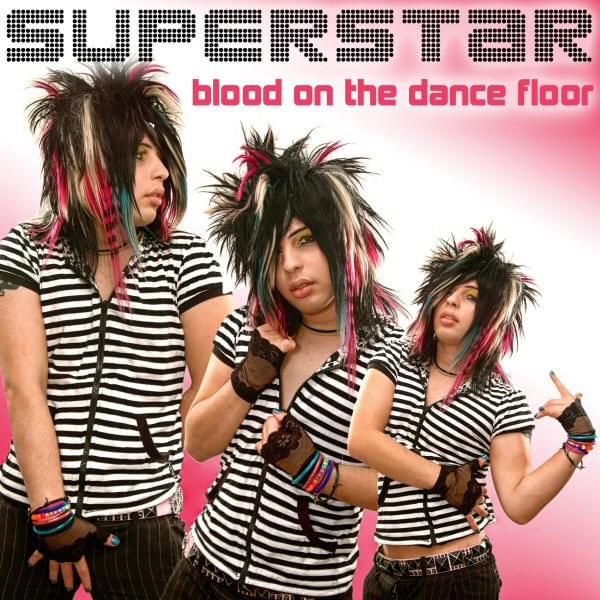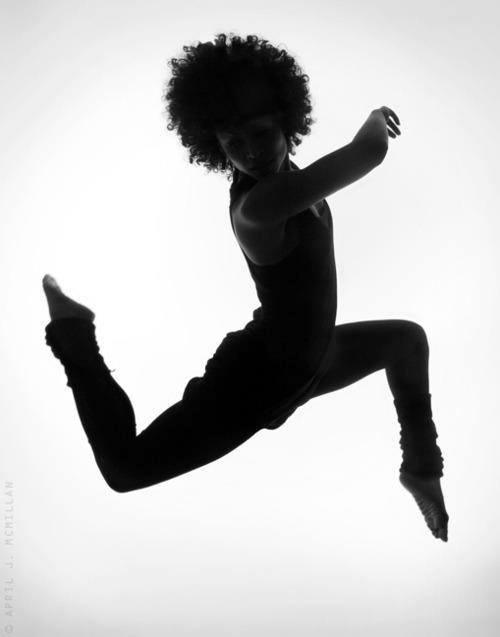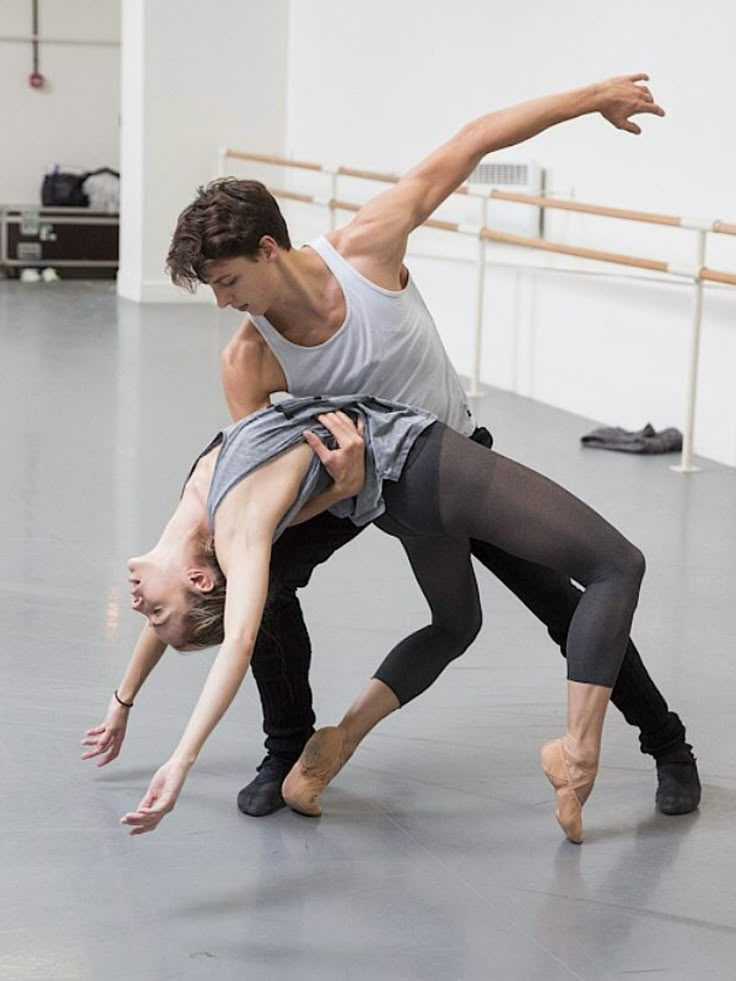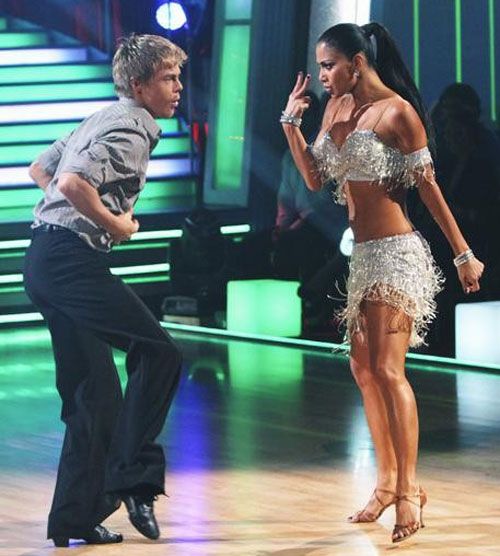How to become a certified ballroom dance instructor
Certification Process | National Dance Teachers Association of America (NDTA)
The National Dance Teachers Association of America (NDTA) is a member and approved Certifying Organization of the National Dance Council of America, the official governing council of dance and dancesport in the USA.
For Professionals, we administer the Official Examinations to earn the Degrees of
- Associate,
- Masters, or
- Fellow
in American Smooth, American Rhythm, International Standard, and/or International Latin styles of dance,
as well as
Examinations to earn Teacher Certification in Bronze, Silver, and Gold levels of American Smooth, American Rhythm, International Standard, International Latin, as well as Americana, styles of dance.
We offer these Examinations and Certification based on the Esther Don American Style Signature Series step list, the new 2022 Dance Vision step list, and any other NDCA approved step list.
We also offer traditional Medal Tests for our members’ Students.
Our goal is to continue to provide support, syllabus materials, and assistance to members to enhance their expertise.
Why become Certified? How to Become Certified?
Following is an explanation provided on the website of the National Dance Council of America:
“Professional Certification
With the explosion of dance, it is more important than ever to establish high teaching and ethical standards and to distinguish qualified teachers based on training, certification and experience.
Why Become Certified
Perhaps you have a few years experience as a dance teacher, and a following of students, and are wondering why you need to participate in a certification program. Today, there are more dance teachers than ever. It is sometimes hard for potential students to recognize the difference between you and other teachers. To remain competitive, you need as many ways as possible to set yourself up as a better, more recognized and respected teacher.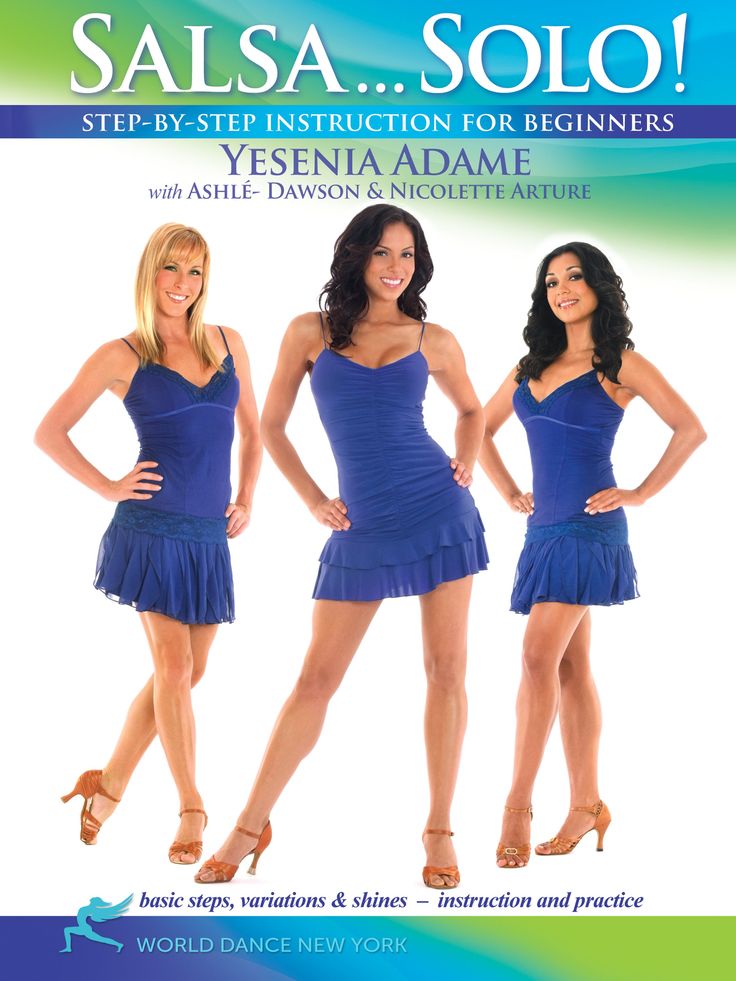
Knowledge is power. Because the dance industry is not license regulated, we professionals must take on the task of self-regulation and demand the highest standards for ourselves and the public. Employers will change and demand higher standards from their teachers when the public does; and the public will demand the change as they learn of the value of certification.
How To Become Certified
Certification is available through the Member Organizations of the National Dance Council.”
The National Dance Teachers Association of America (NDTA) is a Member Organization of the National Dance Council, and is listed as an Approved Certifying Organization of the National Dance Council of America
NDTA provides the NDCA officially-sanctioned Examination and Certification process to our Professional Members.
For More Information or To Initiate an Examination Process, Contact Us.
…………………………………………………………….. Back to Top…
Certifications Available through NDTA & Certification Process
Following is a list of the Certifications available through the NDTA, and a summary of the applicable Examination Procedures and Fees. Professional Membership in NDTA is required to apply for examination to become Certified in any of the categories listed below or to apply for Student Medal Testing of your students.
Professional Membership in NDTA is required to apply for examination to become Certified in any of the categories listed below or to apply for Student Medal Testing of your students.
Examinations for Professional Certification with Degrees of
Associate, Masters, or Fellow
in the following Styles of Dance:
Up to 5 dances in each style
American Smooth – Waltz, Tango, Foxtrot, Viennese Waltz, Peabody
American Rhythm – Cha Cha, Rumba, Bolero, East Coast Swing, Mambo
International Standard – Waltz, Tango, Viennese Waltz, Foxtrot, Quickstep
International Latin – Cha Cha, Samba, Rumba, Paso Doble, Jive
Examinations for Professional
Teacher Certification
at Bronze, Silver, and/or Gold Levels
in the following Styles of Dance:
American Smooth – Waltz, Tango, Foxtrot, Viennese Waltz, Peabody
American Rhythm – Cha Cha, Rumba, Bolero, East Coast Swing, Mambo
International Standard – Waltz, Tango, Viennese Waltz, Foxtrot, Quickstep
International Latin – Cha Cha, Samba, Rumba, Paso Doble, Jive
Americana – Samba, Merengue, Salsa, Hustle, West Coast Swing
Medal Testing for Your Students:
Intermediate Bronze, Full Bronze, Intermediate Silver, Full Silver
Intermediate Gold, Full Gold, Gold Star
In all styles of dance identified under Examinations for Teacher Certification above.
EXAMINATION PROCEDURES AND FEES
Professional Examinations for Certification with Degree
Fee for exam is $75
Associate Degree
Examination will be 2 hours
Masters Degree
Examination will be 2 ½ hours
Fellow Degree
Examination will be 2 ½ hours
Teacher Certification Examinations
Bronze, Silver, Gold
Fee for exams is $75
Bronze level will be 1 ½ hours
Silver and Gold Levels will be 2 hours
Medal Testing for Your Students
Examination time will be 5 minutes per dance at a price of $10 per dance.
Includes scoring and verbal or written critique.
Student may also take a Medal Plus exam where they demonstrate their
knowledge of all the patterns for same fees as Teacher Certification Exam.
* * *
For all categories of examinations above:
Candidate is responsible for the examiner’s time at a rate of up to $85 per hour
and any floor fees/rentals applicable.
Additional fee may be charged for the examiner’s travel expenses, meals, and
accommodations to be agreed upon prior to scheduling.
Professional Membership in NDTA is required to apply for examination in any of the above categories –
for Professional Certification of yourself or for Medal Testing of your students.
Examination Fees listed above are in addition to, and do not include, your membership fee for NDTA.
Special Exams such as one or two dance exams or group exams may be arranged
at the discretion of the Examinations Director and the President of NDTA.
For More Information or To Initiate an Examination Process, Contact Us.
How to Become a Ballroom Dance Instructor
Being a ballroom dance instructor is not an easy task if you lack the passion, commitment, and the zest to convert your creative ability into a steady income. You think you have it in you? Then this article on how to become a ballroom dance instructor will tell you what you need to do.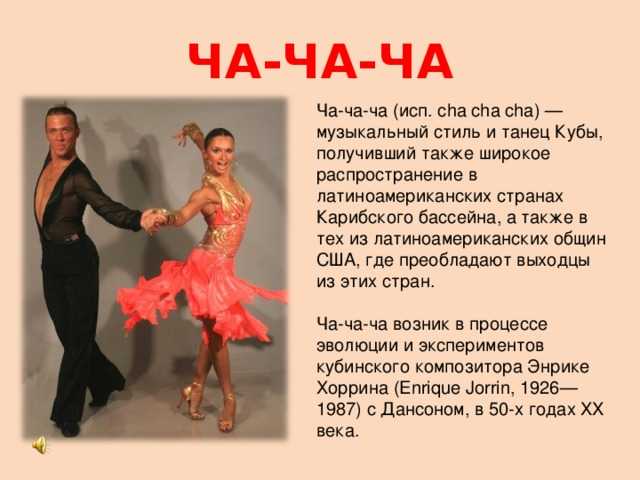
“I am a dancer. I believe that we learn by practice. Whether it means to learn to dance by practicing dancing or to learn to live by practicing living…. In each it is the performance of a dedicated precise set of acts, physical or intellectual, from which comes shape of achievement, a sense of one’s being, a satisfaction of spirit. One becomes in some area an athlete of God.” ~ Martha Graham, c.1953
I believe if you are choosing a career in a creative field like dancing, be it any form of dancing, you must have the passion and the thirst to learn more and more by constant practice and exploring where your body can take you. You cannot be a good teacher if you cease the willingness to learn. This is what Martha Graham emphasizes in her quote above. Constant practicing; be it at work; or in your daily life is the key to become a dedicated dancer. For the one who doesn’t live its life dancing, cannot teach others to do so.
Let me ask you a question, what is ballroom dancing for you? Is it a form of dance, or a form of life? How many hours can you spend practicing ballroom dancing? 5 to 6 hours, or the feet and music just find a way to get back in sync as soon as you get a chance! No, these statements are not exaggeration, these are the characteristics of a true ballroom dancer, these statements show the passion that a ballroom dancer must inhibit to take his passion into a flourishing and satisfying career. Do you think that you have it in you? Are you eager to become a ballroom dancer so that you can live, breathe, and earn ballroom dancing?
Do you think that you have it in you? Are you eager to become a ballroom dancer so that you can live, breathe, and earn ballroom dancing?
Dancing is not something that can be learned and taught…, you can only teach it if you feel it, the feeling being so strong, that the one who sees it, feels it too. As long as you have the passion, which is the first requirement to become a ballroom instructor, and the dedication, which is the second most important trait of a ballroom dancing teacher, the rest of the journey is nothing but a few steps that you need to take to convert your passion into your profession. Here is what you need to do!
Look for a Recognized Dance Institution
Unfortunately, when it comes to becoming a reliable and a certified ballroom dance instructor, you need to enroll yourself in a teachers training program with a reputed ballroom dancing institution like the Ballroom Dance Academy. Check in your city and inquire about some acknowledged ballroom dancing courses that can give you the certification and the training required to have a stable career as a ballroom instructor.
Follow before You Lead
Before you can teach, you have to know how it feels like to be able to learn and then teach others in the similar manner. Enroll yourself with a dance academy for the training program and learn. If you are a beginner with no prior dancing experience then there is a course known as the American Style Bronze Teacher Training wherein you will be taught the 17 different styles of ballroom dancing over a period of 16 months. This course is designed according to the Dance Vision International Dancers Association (DVIDA) which teaches you the basic, technical, musical aspects of ballroom dancing.
Look for a Part-time Job
Unlike any other job, it is best to get some experience while learning, there is no harm in that, in fact, you are getting a chance to practice and learning better. You can start teaching at a basic level, may be to the kids in the neighborhood. Usually your teachers training course will have lessons on how to teach in groups, but then if you want, you can also start on a part-time basis.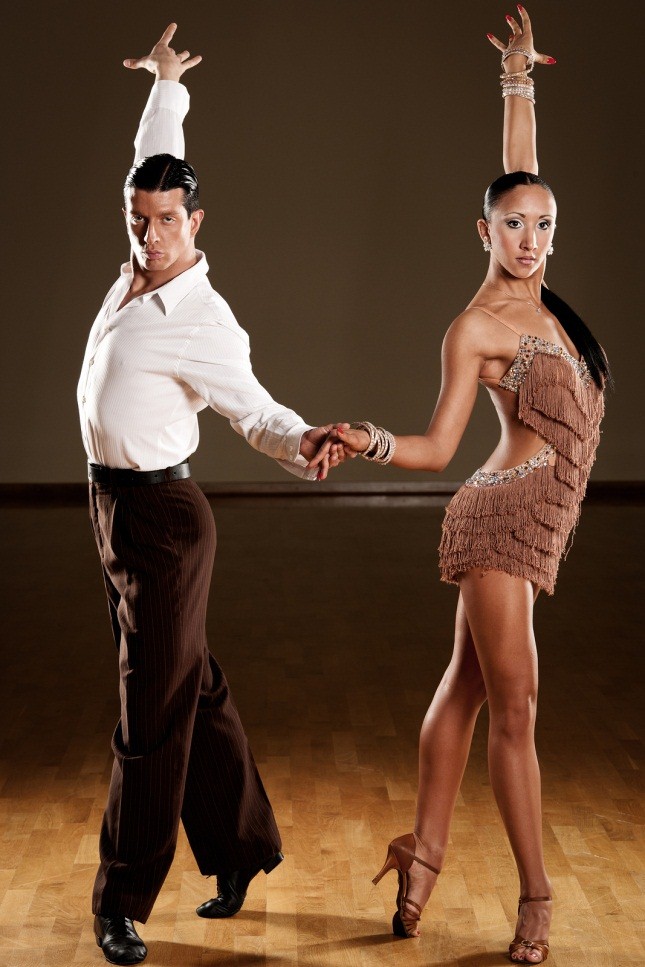 Dancing as much as you can, makes you learn and practice, right?
Dancing as much as you can, makes you learn and practice, right?
Complete the Course, Get Certified and Start Dancing!
Once you have done the teacher’s course, there is a separate course that you need to do in order to become a certified ballroom dancer. For this there is a teaching curriculum designed by the National Dance Council of America which needs to be completed and certification is granted after passing the examination conducted by the NDCA.
Remember me mentioning that ballroom dancing needs passion and dedication. And the passion and dedication also pays of, not only monetarily, but also spiritually. The average ballroom dance instructor salary varies from where you live and where you work. However, on an average, they can earn about $21,000-$25,000 annually. I hope this article has helped you realize where you need to tune your body and take your feet to sway with the music called life. Keep dancing and keep learning. All the best!
Like it? Share it!
Uncategorized
Get Updates Right to Your Inbox
Sign up to receive the latest and greatest articles from our site automatically each week (give or take).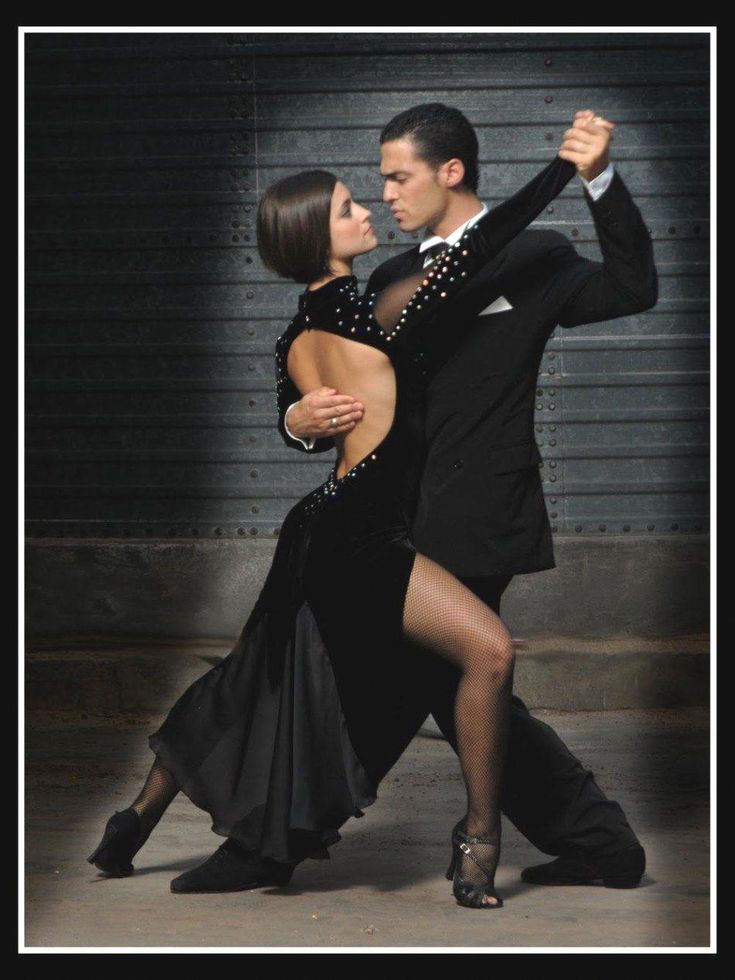 ..right to your inbox.
..right to your inbox.
Email Address *
Preparation of dancers for world championships, european championships, premium tournaments
How to become a champion in ballroom dancing
Ballroom dancing itself is very self-sufficient and you can learn how to dance cool, enjoy the process, even improvise and express yourself creatively.
But ballroom dancing is different. There are competitions, tournaments, championships, which means competition. The competitive process is a very specific extreme situation and load. It's not for you to go out and just dance for your pleasure. Or rather, in order to go out during the competition and dance for your own pleasure, to get a lot of positive from this, to be inspired and inspired, to “get high” - dance trainings alone, unfortunately, are not enough. As well as in any other sport.
The main difficulties encountered by coaches and dancers can be divided into three groups:
- Physical
- Psychological
- Mental
Many have faced the fact that it is difficult to dance the finals, run-throughs, and in general, the mere thought of them is already annoying. Often couples at tournaments quickly lose strength, get tired very soon. It happens that dancers look bad, often because of a couple of extra pounds. And, alas, it is noticeable and not beautiful.
Often couples at tournaments quickly lose strength, get tired very soon. It happens that dancers look bad, often because of a couple of extra pounds. And, alas, it is noticeable and not beautiful.
And everyone knows this pain when a couple trains, it seems that they take “individuals” and perform well at competitions, but suddenly they suddenly disperse.
It is also common, the coach asks the dancer to do the actions consciously, but the dancers don't even understand what they are talking about, they just copy, and there is nothing but mechanics in these actions and it looks, to put it mildly, crooked.
Well, and, of course, this tightness, tension on the faces and distortions in the body .. They definitely do not add confidence and optimism.
Such is the case!
Why is this happening?
What to do about it?
How to change the situation?
The problem most often is that the coach is a busy person. However, you yourself know about it.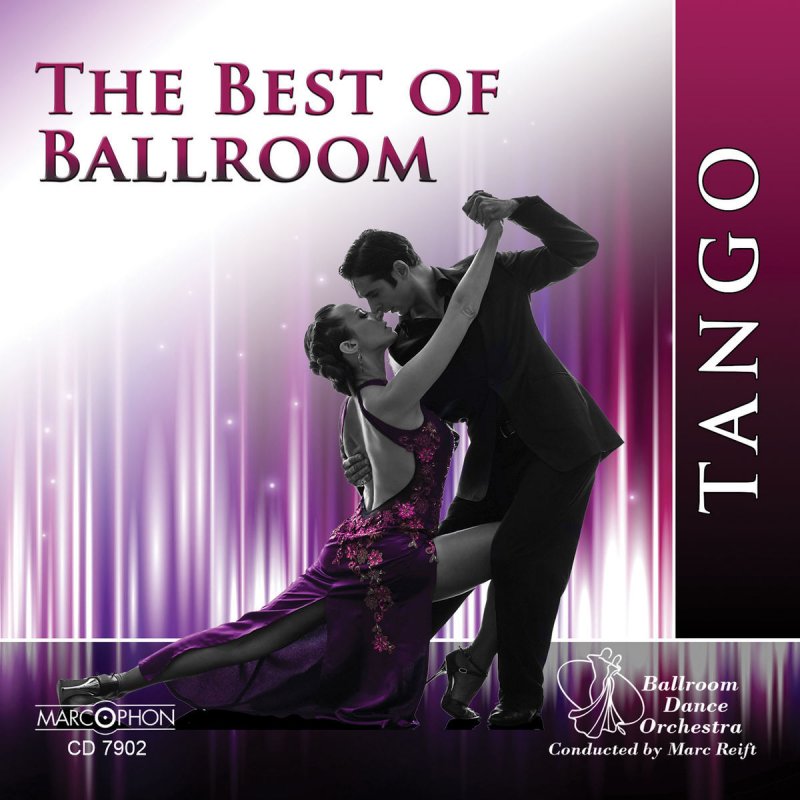 A ballroom dance coach teaches figures, puts on variations, cleans the program, invites other coaches, plans and organizes tournaments, training camps, seminars, helps to solve issues with costumes and hairstyles, etc. etc.
A ballroom dance coach teaches figures, puts on variations, cleans the program, invites other coaches, plans and organizes tournaments, training camps, seminars, helps to solve issues with costumes and hairstyles, etc. etc.
Each coach, like a caring parent, always clearly sees and knows what a couple or an individual dancer lacks in order for them to dance really cool. But the pain is that the coaches simply do not have time to do everything, although they understand that in addition to dance loads, in order to achieve results and conquer new heights in this sport, physical training, psychology, motivation, environmentally friendly conflict resolution in a couple, work are also extremely important. with self-doubt, the fight against excess weight of dancers and more. A coach is also a person, not “Bruce Almighty”, and in addition to the above, he has his own personal needs, has a family, his own personal life, his own wants and ambitions.
Now a few words about one coach, who is not a dancer, has never danced at tournaments, but since 2007 this person has been regularly watching trainings, individuals, communicating with coaches, dancers. Listening to all their pains and difficulties, he looked for ways to solve them. He also specifically went to the group’s hobby for about two years, in order to understand what is important for a dancer, so to speak, climbed into the skin and tried on slippers. His name is Evgeny Chernetsky.
Listening to all their pains and difficulties, he looked for ways to solve them. He also specifically went to the group’s hobby for about two years, in order to understand what is important for a dancer, so to speak, climbed into the skin and tried on slippers. His name is Evgeny Chernetsky.
Evgeniy Chernetsky , former freestyle wrestler. He graduated from the Pedagogical Institute in Odessa, trained wrestlers. Yes, he had to become a coach, because a spinal injury did not allow him to train further. It was the trauma that opened in him the ability to find a solution to the complex problems that life throws at him. He learned to walk after an injury, learned to get rid of pain, learned to live without pain, learned to accumulate experience and convey knowledge in an accessible and simple language.
In 2006, Evgeny met ballroom dancing coach Denis Nikolaevich Sokolnikov, and shared with him his vision about training in general. Denis with great enthusiasm invited him to train in his dance club and, soon, happily introduced him to other coaches.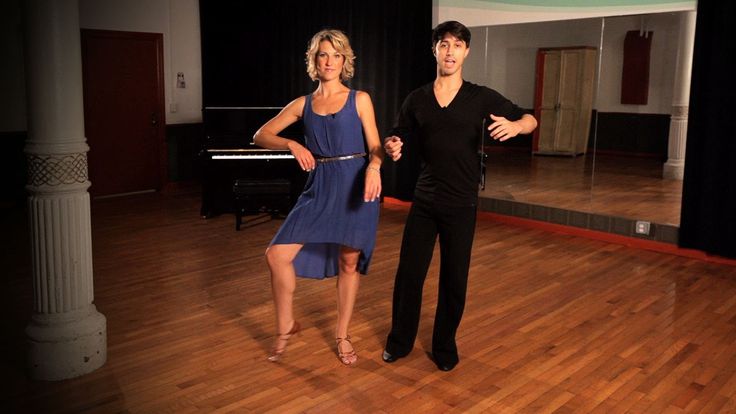
This is how Eugene came across the world of dance. During this time, he developed his own training methodology for dancers. These workouts are aimed at solving physical, psychological and mental problems.
Evgeny Chernetsky
Professional coach
- From 2000 to 2007 freestyle wrestling coach.
- Since 2007 trainer for physical and special training at SBT.
- Also a certified instructor of the International Federation of Vajra Yoga.
- He defended his diplomas at the Pedagogical University. Ushinsky on the topic: “Yoga as a means of rehabilitation of athletes”, as well as at the Kiev National Institute of Physical Education on the topic: “Methods of teaching yoga for children”.
- Graduate of training programs in child psychotherapy according to the method of W. Oklander and the 1st stage of Gestalt therapy.
For more than 12 years Eugene:
- has been participating in training camps,
- leads regular groups in sports dance clubs,
- trains individually according to his own methodology.
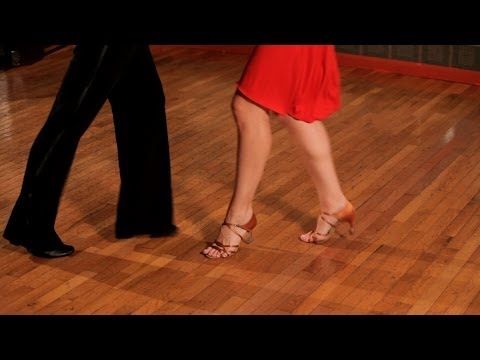
Methods of training and preparation for competitions of dancers
Purpose:
- Improving physical qualities
- Psychological flexibility and resilience
Tasks:
- Increase the level of endurance (general, speed, strength)
- Develop strength, agility and plasticity
- Learn to express your emotions in an environmentally friendly way
- Learn to negotiate and find compromises
- Learn to manage stress
- Correctly tune in to training, competitions, tournaments
- Increase awareness in training and competition
Funds:
- General physical training
- Yoga
- Meditation
- Psychological techniques
For whom the lessons are for:
For couples who want to improve their results
For those who understand that there are problems in a couple
For those who have a goal in dancing
For those who want to clearly understand why they should dancing
For those who cannot see their life without dancing
For those who are preparing for the tournament
For those who are ready to change something in themselves to improve the dance
If you are in a couple:
He/she does not do what I ask in the dance
He/she often annoys me
You often swear during training , but everything is fine in life
You feel that your dance can be better, but something is missing
During training, you constantly think about technique and do not enjoy dancing
If at the tournament thoughts about the result prevent you from dancing to the fullest
If you are ready to change but don't know what to do
If you shout at your partner
If your partner often offends you
If you often have a sore throat
For those who want to know themselves
What lessons will give:
- The level of endurance will increase
- Reduce fatigue
- More energy and strength will appear
- Speed-strength indicators will improve
- Learn new facets about yourself
- Learn to see and hear your partner
- Master the skill of negotiating in pairs
- Learn to feel and live emotions
- Improve contact in pair
- Learn to defend your positions
- You will be able to control your anger
- Learn to be less offended and get sick less
- Practice speaking to be heard
- You will be able to express your feelings here and now
- Learn to really feel what is happening to you and fill the dance with it
- Finally allow yourself to dance easily, freely and naturally
Group and individual lessons
1. For awareness
Classes provide awareness skills and techniques. The exercises will help dancers to consciously perform the figures and variations of their programs, which increases the effectiveness of individual lessons. Classes are held from 1 to 8 people in a group. The duration of the lesson is 50 minutes.
2. Focus
Classes include techniques to increase concentration, which helps to concentrate on the activities performed with minimal distraction. Classes can be held from 1 to 12 people. The duration of the lesson is 45 minutes.
3. For relaxation
Relaxation techniques will make it possible to quickly restore strength, unload the psyche, increase stress resistance. Classes can be held from 1 to 70 people. The duration of the lesson is 45 minutes.
Classes can be held from 1 to 70 people. The duration of the lesson is 45 minutes.
4. For interaction
Classes in which skills are developed to negotiate in pairs, hear and convey information to each other. In addition, such activities help to resolve conflict situations in a couple and promote interaction in a couple without suppressing each other. In the classroom, participants learn to express different emotions in an ecological way towards each other. Classes are held individually. The duration of the lesson is 50 minutes.
5. For general physical training
Classes increase and develop general endurance, strength, speed, plasticity, agility. As a result of such activities, athletes can perform more complex figures and variations, as well as be less tired during competitive competitions. Classes are held from 1 to 70 people. The duration of the lesson is 60 minutes.
6. Adjusting the center of gravity and center of lightness
Adjusting the center of gravity and center of lightness
Classes that use special exercises that will teach you to control and hold the centers during training and tournaments in the background (on the machine).
Classes are held from 1 to 8 people. Duration 45 minutes.
7. Individual
Classes are tailored to specific requests and solve the set tasks. Under the requests, tools are selected from the above types of classes, a personal program is prescribed.
8 . Online classes Regularly once a week with a trainer for a special technique for dancers
Workouts include:
1. Body exercises:
training of endurance, strength, plasticity, dexterity
2. Psychological exercises
for awareness, breathing techniques, for confidence
3. Mental practices
meditation, visualization, mood, reflection
Training lasts 45 minutes
The lesson consists of three parts: introductory, main, final.
Introduction. They begin with the mood, breathing techniques, static postures and joint warm-up.
Main: exercises for the development of endurance, strength, dexterity and plasticity
Final part: awareness exercises, formation of a positive attitude
How the training will take place:
In a special closed group on facebook there will be Live broadcasts of classes.
For this, all you need is access to the Internet and a little space. You can watch the broadcast through your phone, computer, display it on the screen and projector. After the broadcast ends, they will be saved in the group and you can return to them.
Such classes are designed for dancers from 8 years old to the pro level.
Advantages of such trainings:
1. No need to go anywhere and you can train regularly regardless of your place of stay
2. You can train together at
Evgeny Chernetsky, [08.23.19 10:09]
[In reply to Evgeny Chernetsky]
sheep. Duration 45 minutes.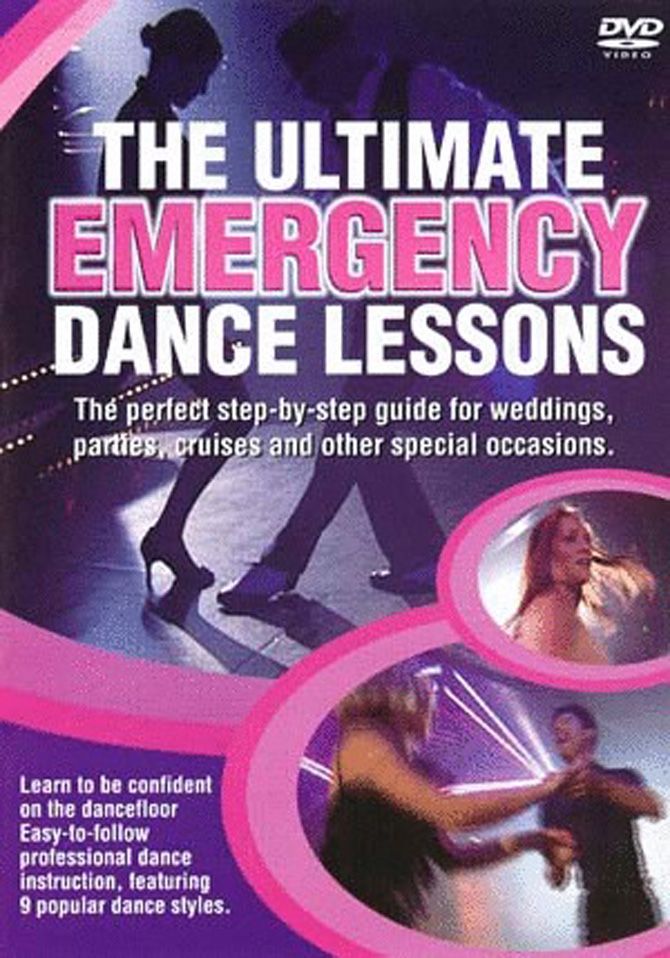
7. Individual
Lessons are tailored to specific needs. Tools are selected according to requests, thanks to which the tasks are solved.
8.Online classes
Regularly once a week to study with a trainer according to a special technique for dancers
Workouts include:
1. Body exercises:
endurance, strength, plasticity, agility training
2. Psychological exercises
for awareness, breathing techniques, for confidence
3. Mental practices
meditation, visualization, mindset, reflection
The training lasts 45 minutes.
The lesson consists of three parts: introductory, main, final.
Introduction. They begin with the mood, breathing techniques, static postures and joint warm-up.
Main: exercises for the development of endurance, strength, agility and plasticity
Final part: exercises for awareness, the formation of a positive attitude
How the training will take place:
In a special closed group on facebook there will be Live broadcasts of classes.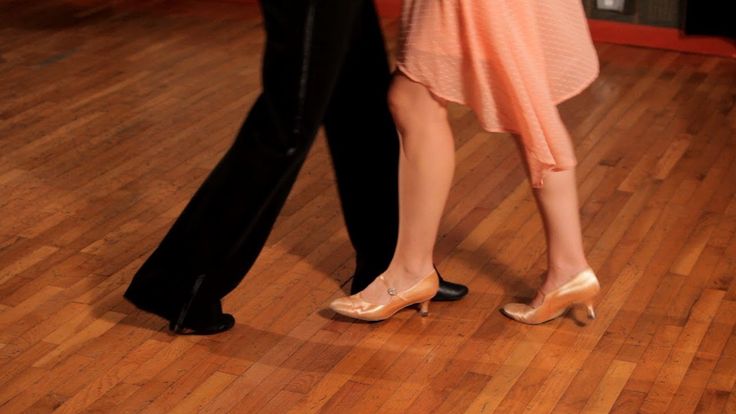
All you need is access to the Internet and some space.
You can watch the broadcast through your phone, computer, screen and projector.
After the broadcast ends, they will be saved in the group and you can return to them.
Such classes are designed for dancers from 8 years old to the pro level.
Advantages of such trainings:
1. No need to go anywhere and you can train regularly regardless of your place of stay
2. Your relatives can train with you.
3. It is economically beneficial
4. You can always ask the coach questions and get feedback
Feedback from dancers and coaches
Vitaly Rudenko
It all started with ballroom dancing: for 11 years I was spinning in the rhythm of this direction. At the age of 18, I began to be interested in other types of dance: hip-hop, jazz funk, dancehall. Then I accidentally got into Zumba Dance classes, and away we go…
At the age of 18, I began to be interested in other types of dance: hip-hop, jazz funk, dancehall. Then I accidentally got into Zumba Dance classes, and away we go…
I got a job in Turkey through a job search site: I saw a vacancy, sent my resume, got a job! Why did I decide to go to work in such a hot country? It's simple: the sea, the sun, your favorite work - what could be better?
Overcame the language barrier thanks to her knowledge of English. The entire staff of the hotel where I was hired as a fitness instructor was international: Germany, Estonia, Holland, Turkey, Ukraine - we learned to work and understand each other without words.
In order to cheer up my clients during the classes, I tried to learn a couple of phrases in their language, starting the training, for example, with the words: Günaydın, nasılsın? HazIr mIsIn? Bir, iki, üç, dört… (Translated from Turkish: "Good morning, how are you? Are you ready? One, two, three, four").
But my visa expired and I returned home.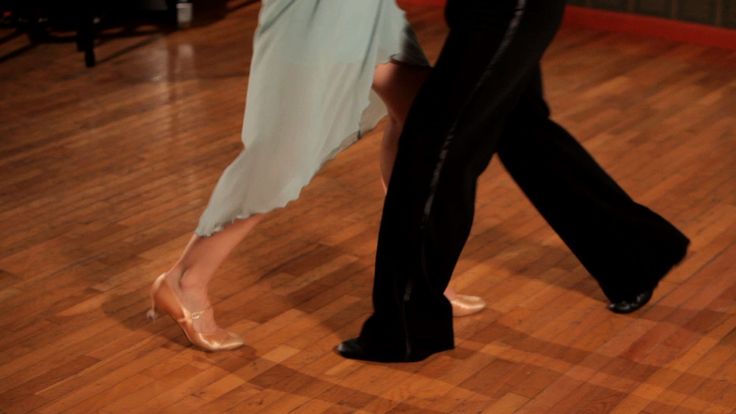 For a couple of years of work in another country, I really missed Russia, my native language, home, and family.
For a couple of years of work in another country, I really missed Russia, my native language, home, and family.
People from warm countries are more emotional, liberated, they just dance and enjoy the music. They can sing out loud in class, in a restaurant, in a store (loudly enough), clap their hands, beat rhythm on the table - it's crazy cool! They inspire and infect with their spontaneity and ease in expressing themselves.
In the North, people are slowly getting used to this manifestation of feelings and emotions in creativity, in classes, in dances - we just need a little more time for this! Or maybe there just isn't enough sun... (smiles)
My most important achievement is to see how my students, after many years, have grown in the dance plan or just develop further in it. Many of them already teach classes themselves, participate in championships, take first places.
Also an achievement over many years of work was the ability to teach dancing to absolutely any person, with any level of dance training and age.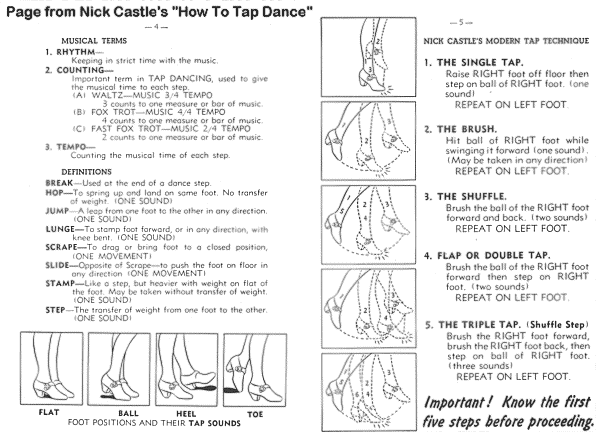 This is the hardest thing about teaching, something that only comes with experience and practice.
This is the hardest thing about teaching, something that only comes with experience and practice.
Grani fitness club and Les Mills gave me a chance to learn Body Jam. This is a dance-style cardio workout, and you can try it in Syktyvkar ONLY at Grani.
"Frontiers" is the place where I spend all my time. I conduct classes for adults and children, so I always rehearse something, come up with productions, work out the technique for classes.
The trainer is always a professional! He is trained in a certain direction, he will always tell you if we do the exercise incorrectly or do not complete it. After all, from the wrong exercises, you can not only not get the result, but also injure yourself.
My motivation is a great mood, which is guaranteed when dancing. The posture, gait, figure as a whole improves, plasticity, gracefulness appear. Doesn't that motivate everyone?
It is very easy not to put off training - to say to yourself: either now or never! Therefore, forward and only forward - do not give yourself the slightest doubt.
The peculiarity of group classes is to always create and maintain an excellent mood throughout the training, to motivate everyone to achieve a common result and good performance.
It is interesting to work mirror (face to face) with clients, ie. I do the exercise with the left leg, and I say to do it with the right. Despite the fact that this is not easy, there is a plus in this - you see emotions, the energy of people not through a mirror and you yourself create contact with customers, which helps to achieve results much better and faster.
Dance training is a special atmosphere where we immerse ourselves in the culture of the dance direction that we dance. The most important thing for me, as a coach, is to give people a positive attitude, so that they rest in body and soul, and also “sweat” well. (smiles)
In addition to dancing, I like taking pictures, making videos, editing short videos, drawing, walking, learning foreign languages.
Now for me proper nutrition is what my body requires. Sometimes I arrange myself unloading days. I like salty, sweet in moderation. Perhaps in the future my views on nutrition will change, but now I do not deny myself anything!
Sometimes I arrange myself unloading days. I like salty, sweet in moderation. Perhaps in the future my views on nutrition will change, but now I do not deny myself anything!
- Anna, tell us about the new direction of your work?
- Not so long ago, I completed training in Barcelona in the direction of Zumba Fitness.
My instructor was Jessica Exposito herself - European fitness star, international Zumba instructor. This incredibly bright woman has worked in 40 countries around the world.
Zumba workouts are a fitness party that combines hot Latin American rhythms with easy-to-perform and easy-to-follow choreography. For an hour of dancing, you can burn about 400-500 kcal. Zumba Fitness is a stress reliever that helps you become more confident, positive and relaxed.
- What does it take to become a Zumba Instructor? Were there any fundamental requirements?
- To become an instructor you need to be the most liberated person. The first thing to do is to ask yourself: do I know how to start a crowd? Do I want to create a fitness party atmosphere in the gym? Students must shout, dance, forget about everything and gain self-confidence.
The first thing to do is to ask yourself: do I know how to start a crowd? Do I want to create a fitness party atmosphere in the gym? Students must shout, dance, forget about everything and gain self-confidence.
In general, there should be an understanding that you are going to teach people, not just “cram” the program and show off in front of a mirror or show that you are a superstar in the gym. You must make your students superstars, show and teach that everyone can dance!
- Why did you choose to study not in Russia, but in the sunny country of bullfighting?
- I just wanted to. Is that how you can answer? (smiles).
In fact, I planned this training for a long time and carefully chose the instructor. At some point, I saw Jessica's story on Instagram... And here it is, that feeling - MINE! Style, atmosphere, speech inspired me to quickly pack my suitcase and fly away to conquer Spain.
- How were you received in Jessica's group?
- Excellent.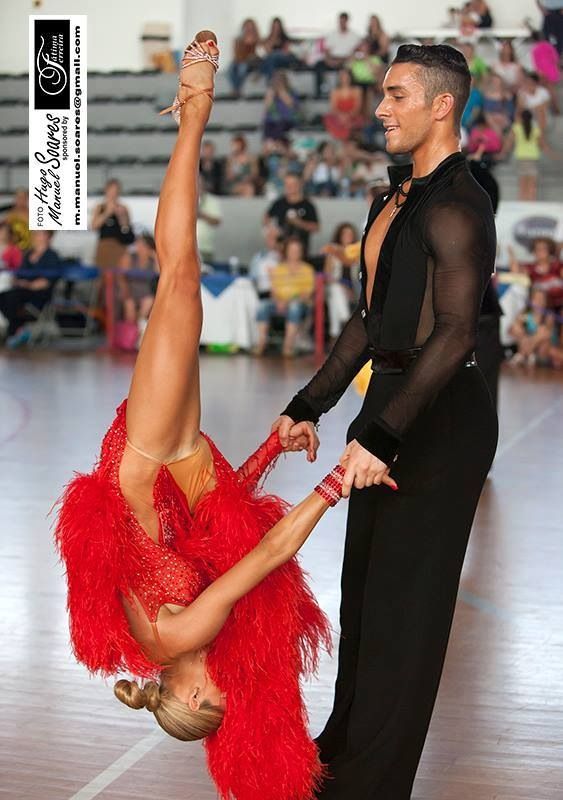 The guys are friendly, many from other countries, like me. If someone did not know English, we still spoke and understood each other on an emotional level and sign language.
The guys are friendly, many from other countries, like me. If someone did not know English, we still spoke and understood each other on an emotional level and sign language.
- What is the most memorable thing you brought back from Spain?
- Emotions and experience! Wanted - done. Gathered things - flew. In life, the actions that we perform in spite of all circumstances are remembered!
- Did Zumba fall in love with the Grani fitness club and why?
- Definitely - YES! Our visitors were happy.
The first master class went off with a bang, there were a lot of people, and everyone was dancing, shouting, having fun.
After the training and the following days, many people came up and told about their positive impressions, about how interesting it was to try so many dance styles in one place. Many were impressed by the fitness load: after a couple of days, the muscles ached pleasantly in the right places (laughs).
After the first master class I came home, and there was only one thought in my head - what a blessing that I found myself in this fitness direction! It contains everything MINE: favorite dance styles, musical genres, emotions, drive, fitness, sports, communication with people.
- How do you feel while teaching this direction at Grani during and after classes?
- Zumba music and choreography energizes me. It gives strength and confidence. I give myself to the fullest: I am happy to share my experience with my students, I try to convey to them all the energy of the style that we dance, to create a friendly atmosphere, not forgetting to notice the technique of my students, to correct, help ... Relax and immerse them in the rhythm of a dance party .
I love Zumba, it's like no other fitness program!
In my opinion, this is the most incendiary fitness workout, which involves so much that without noticing, we lose a huge amount of calories and work out all muscle groups.
- What about weight loss? Will Zumba and PP help to get the outlines of the figure desired by many?
- It's up to you, didn't you know that? (smiles)
How much you put in the class, your intensity and elaboration of each movement will be the result after. But what pleases - even practicing at half strength, no one leaves the gym dry! Proper nutrition plus physical activity always go hand in hand in achieving the goal.
- Is it easy for someone who is stiff and not very good at dancing? What to advise such people?
- The most important thing is to take the first step, your instructor will help you with everything else.
Trust me, Zumba is really easy, IT'S FOR EVERYONE!
Training is very relaxed: all movements are simple and repeated from time to time. They are accompanied by physical exercises that are easy, but at the same time effective!
Come, try, join the Zumba crowd!
Briefly about the main thing:
— I remember my first workout because I really liked it, that's why I continue to play sports.